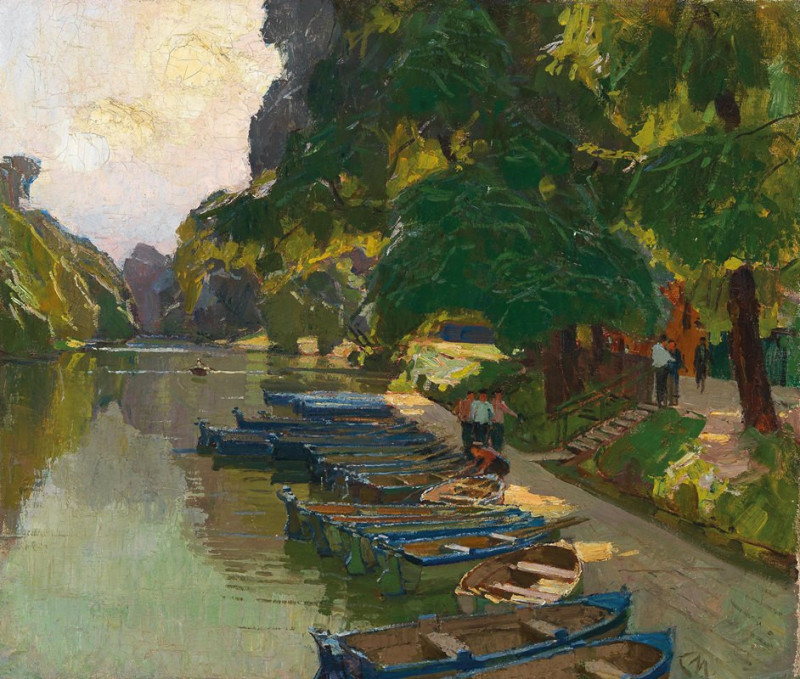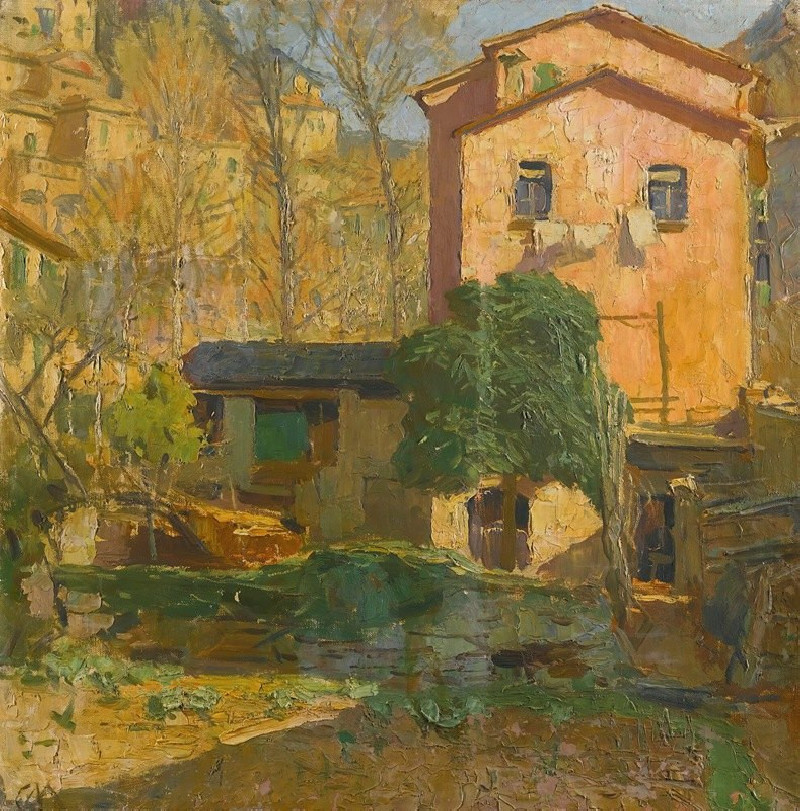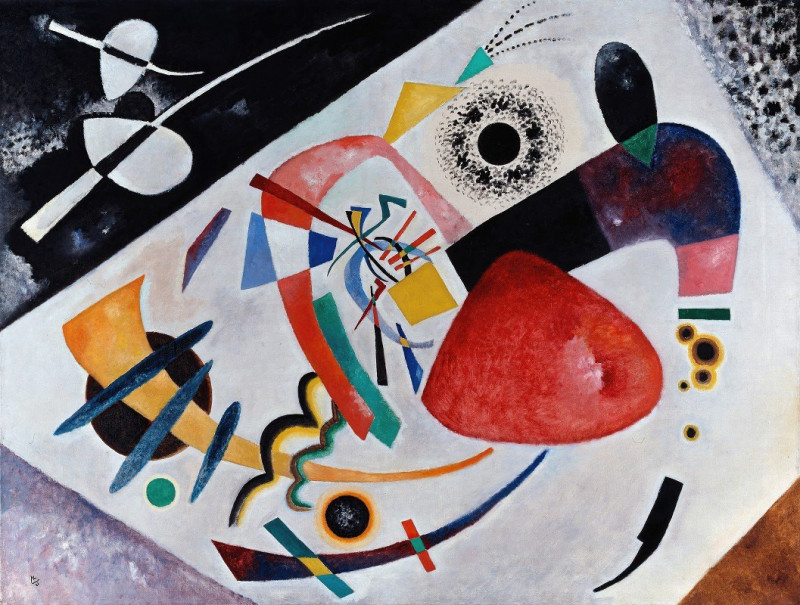Heldenplatz mit Flieder (1900)
Technique: Giclée quality print
Recommended by our customers
More about this artwork
In the enchanting painting titled "Heldenplatz mit Flieder," created by Carl Moll in 1900, viewers are invited into a lush, serene landscape that captures the essence of a serene day at Heldenplatz, Vienna. Moll, a key figure of the Viennese Secession, employs his adeptness in light and shade to bring forth a vivid, immersive experience.The focal point of the painting is an opulently blossoming lilac bush, rich with hues of vibrant purples and soft pinks, dominating the foreground and adding a splash of color that contrasts beautifully with the broader landscape. The bush is not just a visual treat but also suggests the fleeting beauty of spring with its transient blooms.Behind the lilac, the viewer’s eye is drawn across a carefully manicured lawn dotted with yellow wildflowers. This expanse of green, alive and lush, stretches towards a broad, sandy path that slices through the centre, inviting wanderers to stroll through this calm environment.In the distance, Moll subtly incorporates the architectural outlines of the historic buildings surrounding Heldenplatz. These structures, painted with muted tones, suggest their grandeur and historical significance without detracting from the natural beauty of the foreground.Overall, "Heldenplatz mit Flieder" is a masterful blend of nature and architecture, characteristic of Moll’s sophisticated style.
Delivery
Returns
Carl Julius Rudolf Moll (23 April 1861 – 13 April 1945) was an Austrian art nouveau painter active in Vienna at the start of the 20th century. He was one of the artists of the Vienna Secession who took inspiration from the pointillist techniques of French Impressionists. He was an early supporter of the Nazis and committed suicide as Soviet forces approached Vienna at the end of World War II.














































